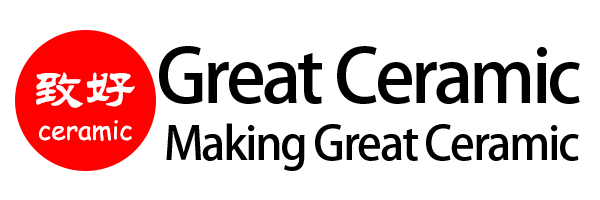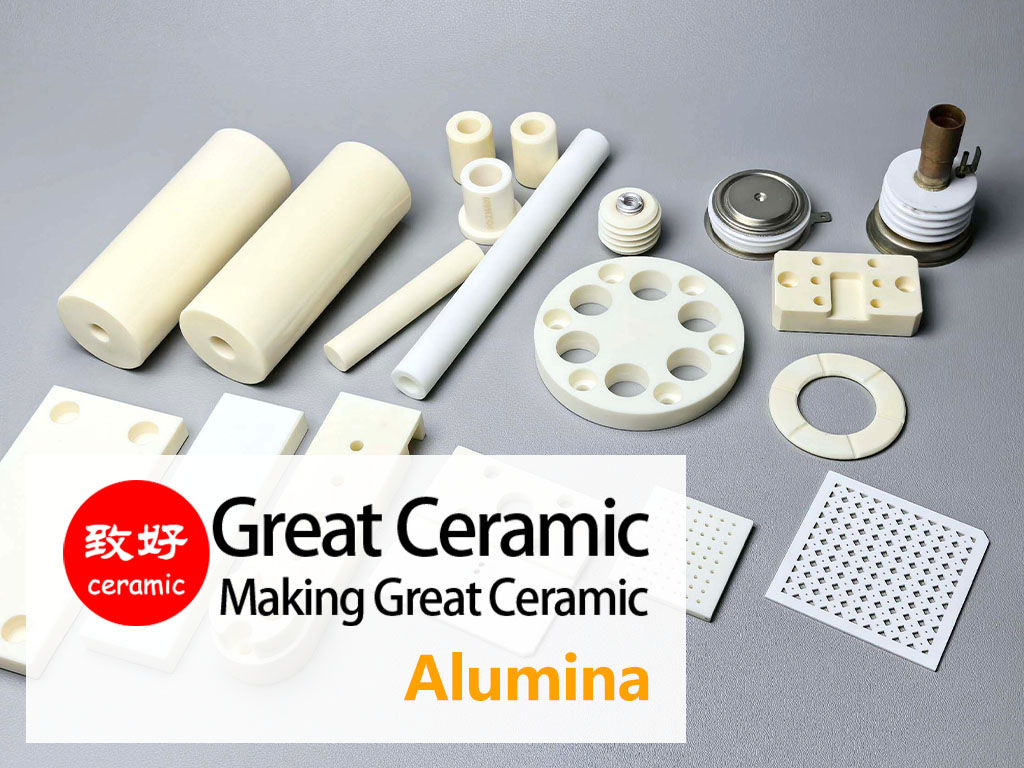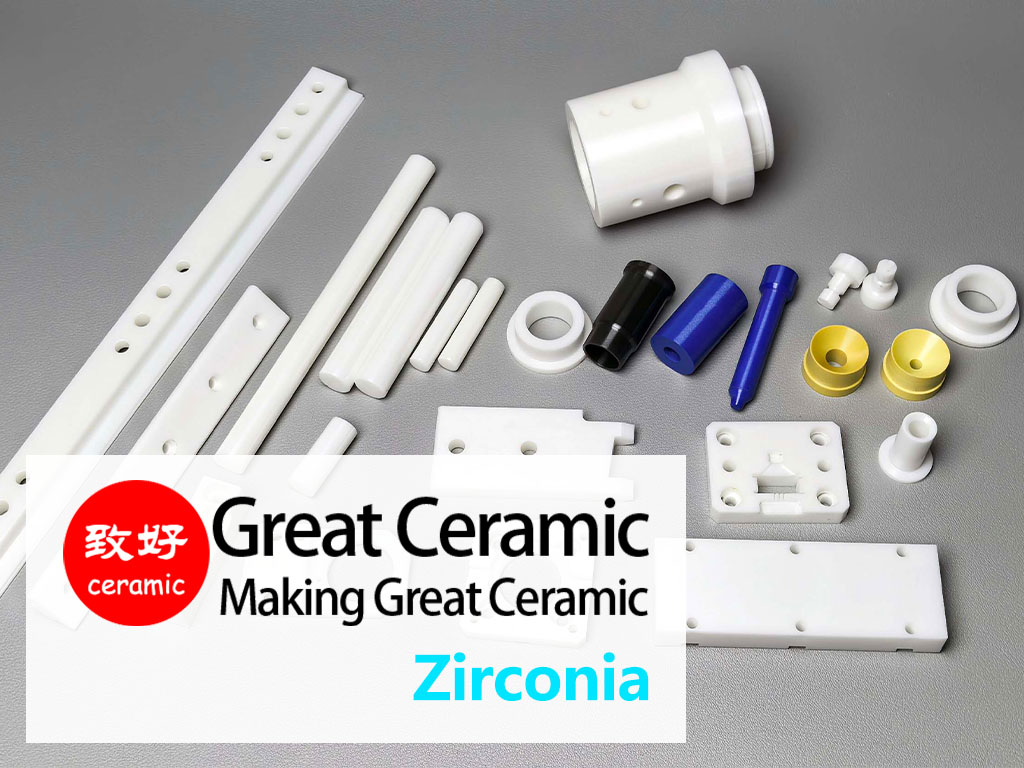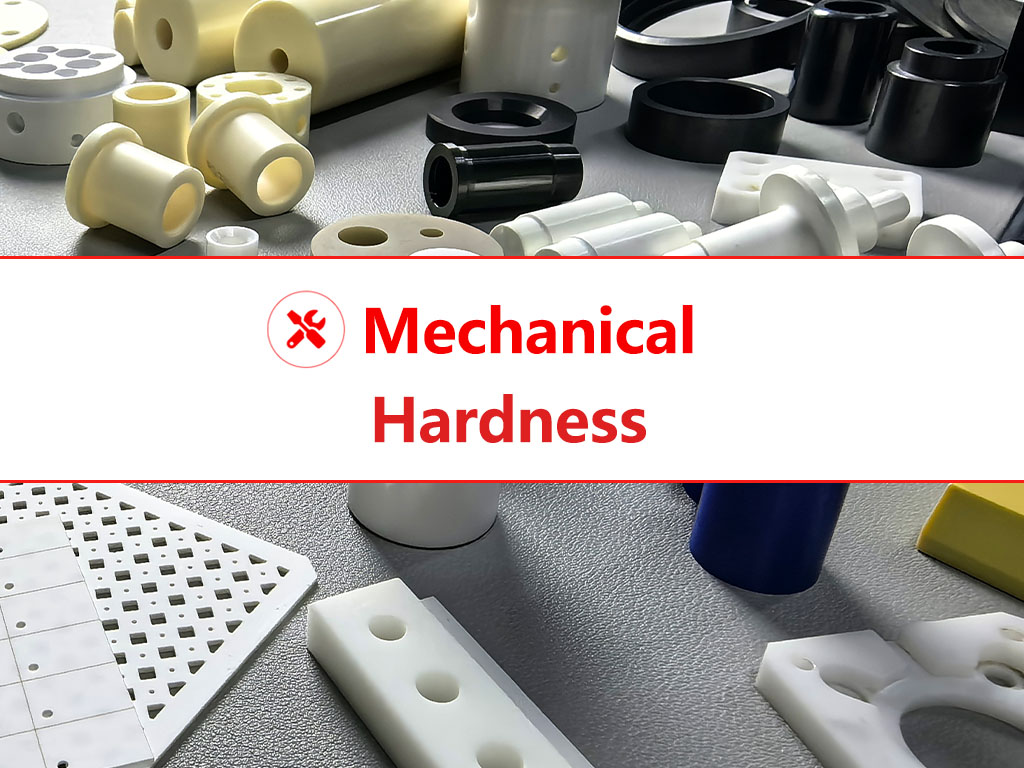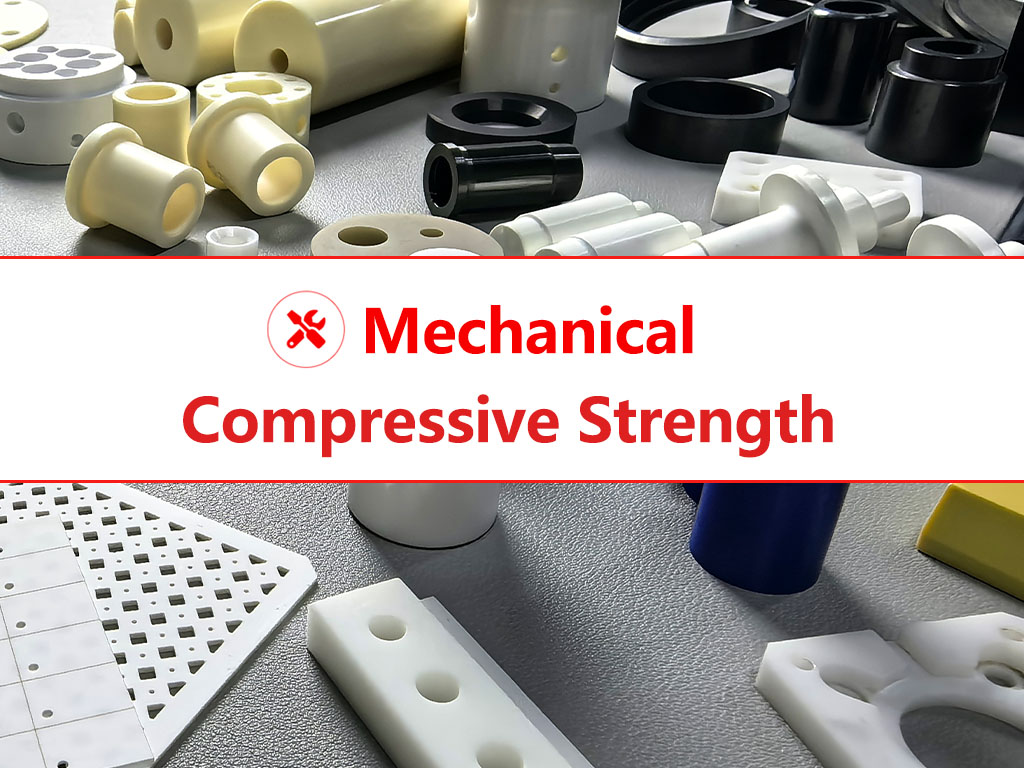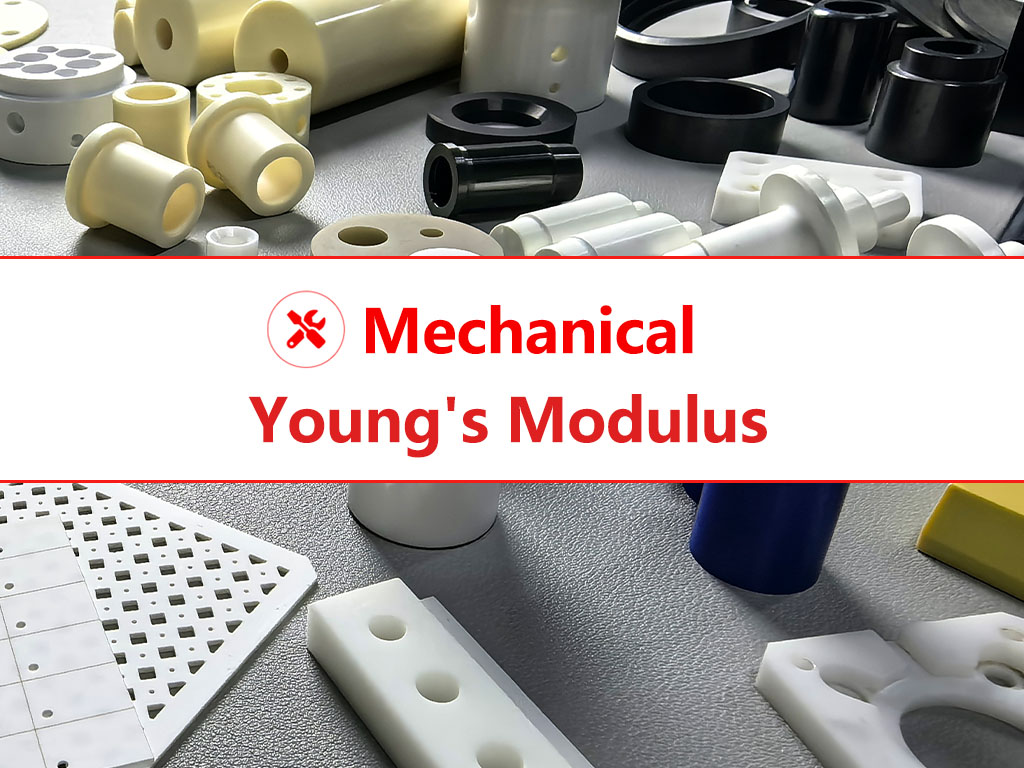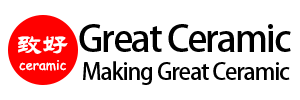Flexural Strength of Advanced Ceramics
Flexural strength, also known as bending strength or modulus of rupture, is a critical mechanical property that defines how much stress a material can withstand before it breaks under a bending load. In advanced ceramics, flexural strength plays a vital role in determining performance in structural, wear, and thermal shock applications.
Unlike metals that yield before breaking, ceramics are brittle and fail without plastic deformation. This makes their flexural strength especially important in design and engineering calculations.
Skip to
Data | Comparison | Applicatons | FAQs | Related
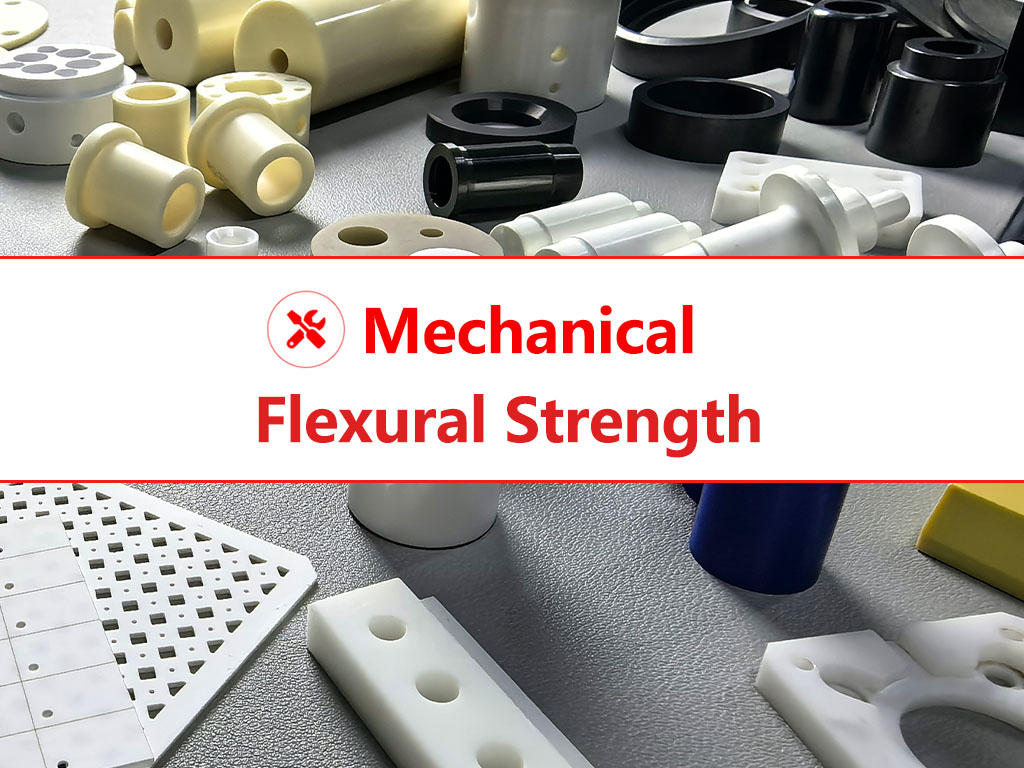
Why Choose Ceramics for High Flexural Strength Applications?
Advanced ceramics are preferred in high-performance components for several reasons:
Flexural Strength Data of Key Advanced Ceramics
| Ceramic Material | Flexural Strength (MPa) |
|---|---|
| Zirconia (ZrO₂) | 800–1200 |
| Silicon Nitride (Si₃N₄) | 700–1200 |
| ZTA (Zirconia Toughened Alumina) | 600–800 |
| Silicon Carbide (SiC) | 400–600 |
| Alumina (Al₂O₃, 99.7%) | 300–500 |
| Aluminum Nitride (AlN) | 300–400 |
| Boron Carbide (B₄C) | 200–400 |
| Beryllium Oxide (BeO) | 150–250 |
| Machinable Glass Ceramic | 100–150 |
*Data is for reference only.
Need Help Choosing the Right Ceramic?
Selecting the right ceramic material is crucial to ensuring long-term reliability and optimal performance. Whether you require zirconium oxide, silicon nitride, or alumina-based ceramics, our materials offer industry-leading strength, durability, and precision.
Our technical team is here to assist you—contact us today for expert, customized advice tailored to your specific needs.
Comparison Chart: Ceramics, Metals, and Plastics
The bar chart below shows the flexural strength (MPa) of various engineering materials, ranging from super-hard ceramics to common industrial plastics, in descending order.
*Data is for reference only.
*Conclusion: While many metals are tough and ductile, only a few (like titanium alloys) approach the flexural strength of top ceramics. Plastics generally lag far behind.
Need Help Choosing the Right Ceramic?
Choosing the right ceramic material for high flexural strength is critical to ensuring long-term reliability and peak performance. Whether you require Zirconia, Silicon Nitride, or Alumina-based ceramics, our materials offer industry-leading strength, durability, and precision.
Our technical team is here to help — contact us today for expert, customized recommendations based on your specific requirements.
